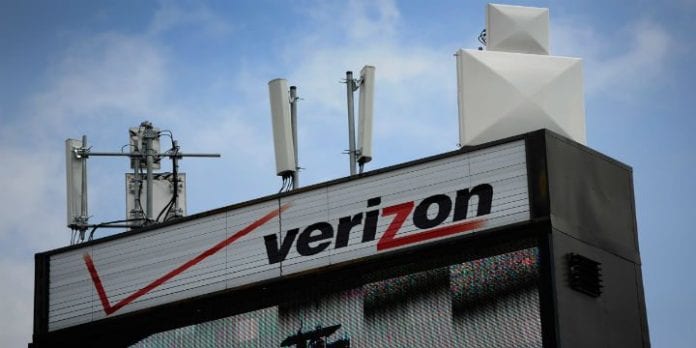Verizon investing in virtualization to save $10 billion by 2020
Verizon sees network virtualization as a “robust opportunity” to cut the costs anchored to telcos by $10 billion over the course of four years, said John Stratton, EVP and president of global operations for Verizon at the Wells Fargo Securities 2017 Media & Telecom Conference.
Verizon CEO Lowell McAdam originally announced in September the company intended to slash $10 billion in business costs by 2020, allowing the organization to invest in its dividend with the savings.
“(CFO Matt Ellis) and I have decided that we see a real opportunity to take hard dollar cash out of the business and have set a target of taking $10 billion of cost, hard cash, out of the business over the next four years,” said McAdam said in September. “Our goal is we’d be able to fund our dividend through cash savings in 2022.”
Speaking on the company’s plans for network virtualization, Stratton said Verizon will be deploying more services based on virtilization and depending more on cloud services. In particular, the company is looking for some core technologies to virtualize the backend of its network.
Verizon has already taken steps toward reducing business expenses with virtualization by focusing on software defined networking (SDN) and network functions virtualization (NFV), which are touted for their ability to reduce operational expenditure (OPEX) and capital expenditure (CAPEX). In addition, Verizon has been pushing its cloud out to the edge and rolling out new services like its Managed SD-WAN offering. This bit of technology provides a way to create and launch a wide area network (WAN) leveraging SDN to determine the best route to direct traffic to a remote location.
Network virtualization isn’t the only the way the company intends to reduce business expenses, however. The service provider has been looking at ways to improve service quality for customers with the development of new channels, such as the My Verizon app. The company hopes to reduce the manpower at its call centers by enabling customers to solve problems themselves through the app.

